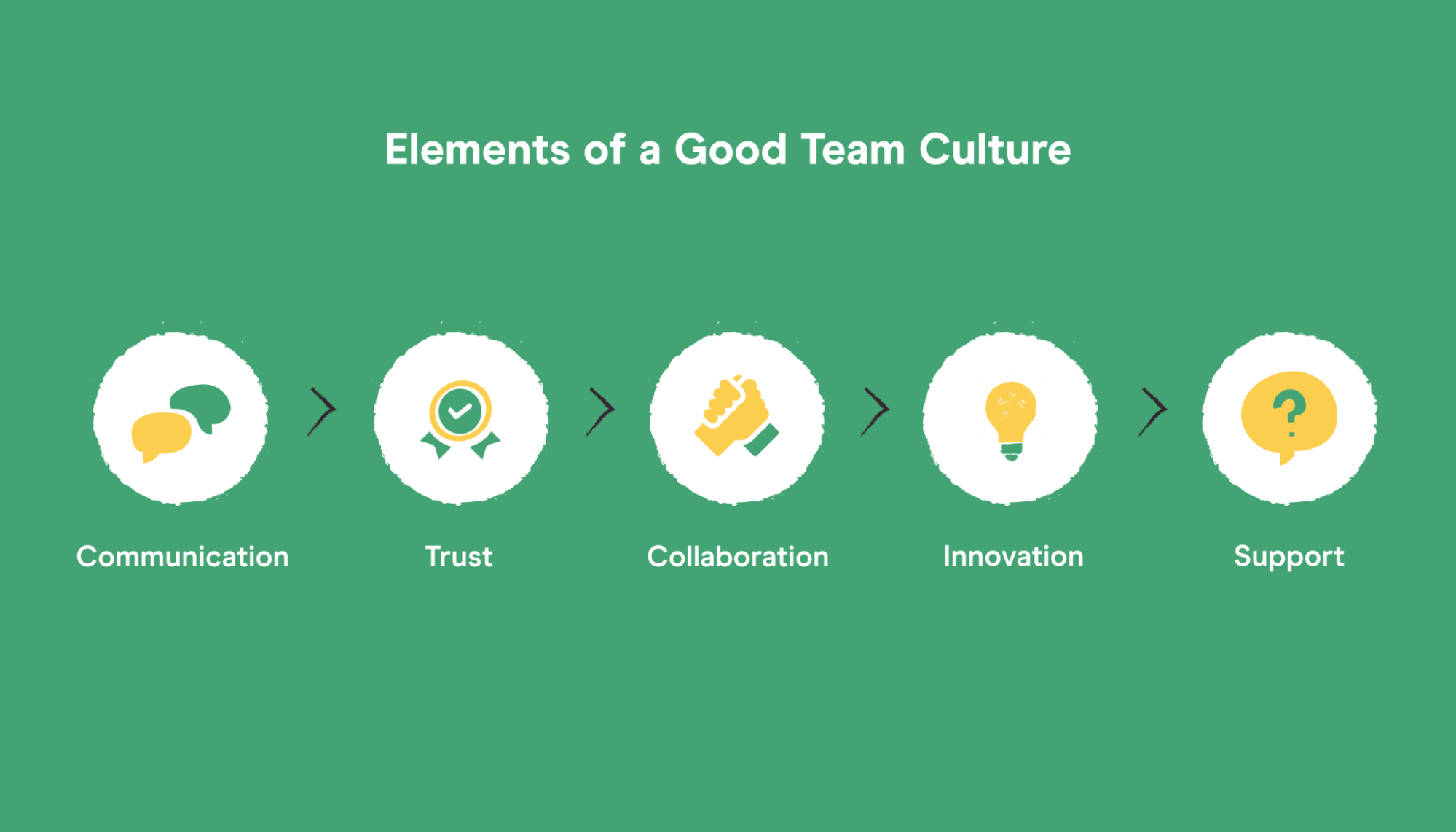Creating a productive team culture is one of the most critical components for business success. When teams work well together, the company thrives, employees are more engaged, and goals are achieved more efficiently. But building a positive, collaborative, and high-performing team culture doesn’t happen overnight. It requires intentional leadership, clear communication, and a commitment to fostering an environment where everyone feels motivated and supported.
Here are some key strategies to help you build a productive team culture:
1. Set Clear Expectations and Goals
For a team to be productive, everyone must understand what’s expected of them and how their work contributes to the organization’s objectives. Clear goals and expectations ensure that employees are aligned and working toward a common purpose.
Start by setting both short-term and long-term goals for your team. These should be specific, measurable, achievable, relevant, and time-bound (SMART). Communicate these goals clearly and regularly to ensure everyone is on the same page. Encourage your team to participate in goal-setting, as this fosters a sense of ownership and responsibility.
Additionally, make sure to establish clear role expectations. Each team member should understand their individual responsibilities and how their work fits into the overall team objectives. When everyone knows what they need to do, there’s less room for confusion and more focus on achieving goals.
2. Foster Open Communication
One of the cornerstones of a productive team culture is open communication. When team members feel comfortable sharing ideas, feedback, and concerns, it builds trust and strengthens collaboration.
Encourage regular check-ins, team meetings, and one-on-one conversations to keep communication flowing. During these interactions, ensure that everyone has a voice and feels heard. Listening to your team’s ideas and concerns fosters a sense of belonging and shows that their input is valued.
Transparency is also key. Share important updates, challenges, and successes with your team to create a sense of collective ownership. When team members understand the bigger picture, they are more likely to be invested in the team’s success.
3. Encourage Collaboration, Not Competition
A collaborative team environment fosters creativity, problem-solving, and mutual support. When team members work together and share their expertise, they can tackle challenges more effectively and come up with innovative solutions.
Promote collaboration by creating opportunities for your team to work together on projects, brainstorming sessions, and group problem-solving activities. Encourage knowledge sharing, mentorship, and teamwork to build relationships and improve team dynamics.
It’s also important to emphasize that success is a collective achievement rather than an individual one. While healthy competition can motivate team members, too much focus on individual accomplishments can undermine the sense of collaboration. Instead, celebrate team wins and encourage mutual support to reinforce the value of working together.
4. Lead by Example
As a leader, your actions set the tone for the entire team. To create a productive culture, you must model the behaviors and attitudes you want to see in your team. Lead by example in areas such as punctuality, professionalism, work ethic, and communication.
Demonstrate a commitment to the team’s goals and values, and show that you prioritize collaboration and open communication. By embodying these traits, you inspire your team to follow suit. A leader who demonstrates empathy, accountability, and integrity encourages their team members to do the same, creating a culture of trust and respect.
5. Recognize and Reward Contributions
Recognition is a powerful motivator. When employees feel appreciated for their hard work and contributions, they are more likely to stay engaged, perform at a high level, and feel invested in the success of the team.
Take the time to recognize individual and team achievements, both big and small. This can be done through public praise, personal thank-you messages, or formal recognition programs. Celebrating milestones, such as project completions or meeting key performance indicators (KPIs), reinforces positive behaviors and encourages continued excellence.
Rewarding contributions doesn’t always have to be monetary. While bonuses or raises are appreciated, non-financial rewards, such as additional responsibilities, professional development opportunities, or flexible work arrangements, can also show that you value your team’s efforts.
6. Create Opportunities for Growth and Development
A productive team culture thrives when employees are constantly growing and developing. Providing opportunities for professional development not only helps your team acquire new skills but also shows that you are invested in their long-term success.
Offer regular training sessions, workshops, or access to learning resources that align with your team’s goals and the needs of the business. Encourage employees to take on new challenges, mentor others, and pursue further education or certifications. This investment in their growth fosters a culture of continuous improvement and motivates employees to perform at their best.
7. Promote Work-Life Balance
While productivity is important, it’s equally essential to support your team’s well-being. A team that feels overworked or stressed is less likely to be productive in the long term. Encouraging a healthy work-life balance is key to maintaining high morale and sustaining productivity.
Offer flexibility in work hours or remote work options when possible. Encourage employees to take breaks and use their vacation time. By promoting well-being and preventing burnout, you help your team stay energized and focused on their work.
8. Encourage Feedback and Continuous Improvement
A productive team culture is one that evolves over time. Encourage your team to provide feedback on processes, goals, and leadership practices. Regular feedback allows for continuous improvement, both at an individual and team level.
Be open to receiving constructive criticism and use it to make adjustments that can enhance team dynamics and productivity. When employees see that their feedback leads to tangible changes, they feel more involved in shaping the team’s culture and success.
Conclusion
Building a productive team culture is a continual process that requires effort, patience, and commitment. By setting clear expectations, fostering open communication, encouraging collaboration, leading by example, and recognizing contributions, you can create an environment where your team thrives. Additionally, investing in growth, promoting work-life balance, and encouraging feedback ensures that your culture remains dynamic and sustainable.
With these strategies in place, your team will be equipped to work together efficiently, achieve business goals, and contribute to a positive, thriving workplace.





